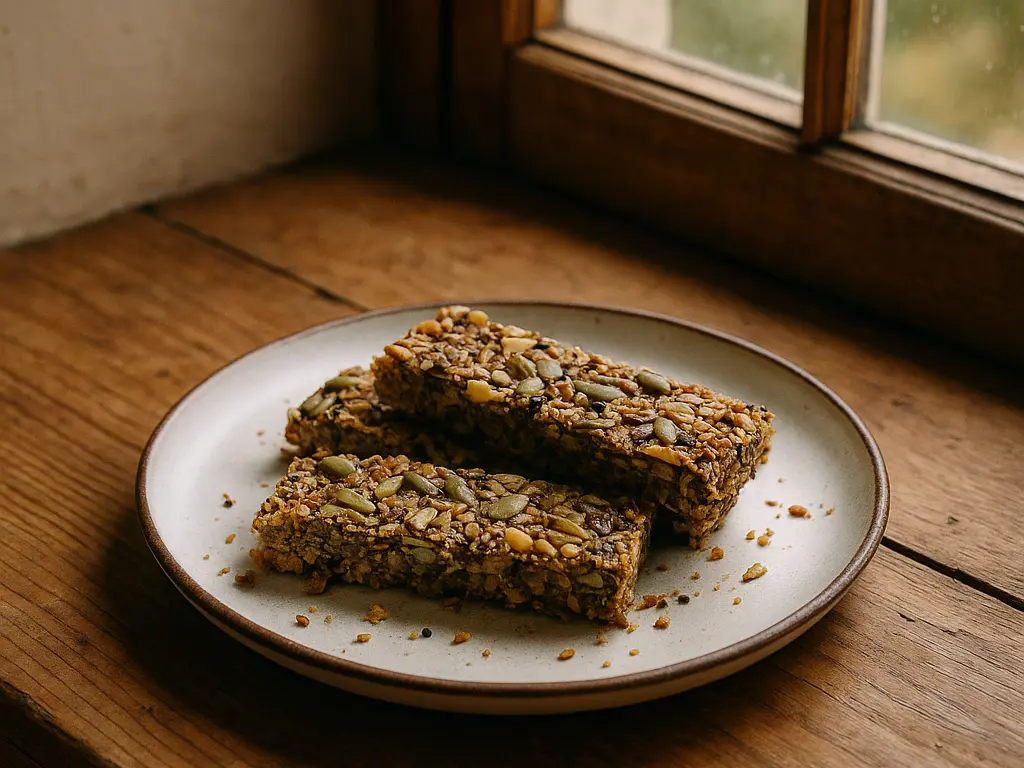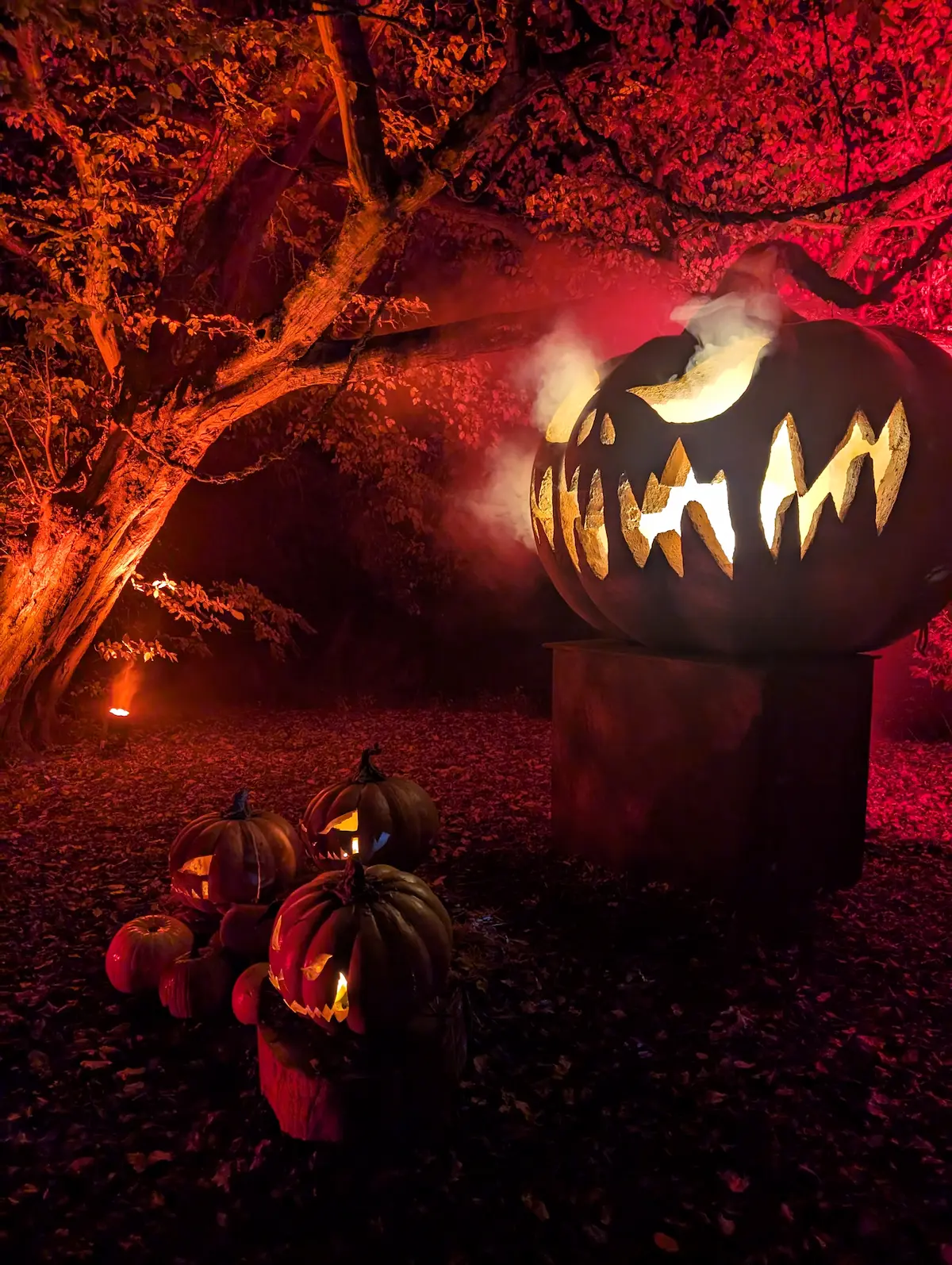🩺 By Dr Bhavini Patel & Dr Nick Mulrenan — 31 October 2025

This Halloween, we took some time away from clinic life to enjoy the season — from the glowing pumpkin fields at Hatters Farm Pumpkin Patch to the dazzling night lights at Wimpole Estate. It was a reminder of how bright autumn can be — and that even seasonal favourites like pumpkins have a healthy helping of iron to offer!
Pumpkins and iron might not sound like a typical Halloween pairing, but they share more in common than you think! As the nights draw in, we’re celebrating autumn with a look at how pumpkins can lift your mood, your meals, and even your iron levels.
When you carve, roast or savour pumpkin (or its seeds) you’re not just decorating: you’re ingesting fibre, vitamins (especially the orange beta-carotene-rich ones), potassium and even a modest amount of iron. For instance, raw pumpkin gives roughly 0.8 mg of iron per 100 g (about a small bowl).
By comparison, a typical iron tablet used in many clinical contexts contains ~60–65 mg of elemental iron (for example, one tablet of ferrous sulfate). That means you would need an extraordinarily large volume of plain pumpkin to match a tablet’s iron content — and realistic mealtimes simply don’t deliver that kind of “tablet-equivalent” iron. In short: pumpkins are a helpful addition to your diet, not a replacement for prescribed iron supplementation if you have significant deficiency.


However that doesn’t mean pumpkins aren’t valuable!
They offer fibre, which supports gut health and stable energy.
They provide other micronutrients (vitamins A/K, potassium, antioxidants) which help overall health (and may support iron absorption indirectly via better general health).
Iron status isn’t only about quantity — it’s about diet, absorption, sleep, gut health, inflammation and more.
This Halloween, carve the pumpkin, roast the seeds (which are actually richer in iron than the flesh), and enjoy the fun. To boost their iron-friendly impact, pair them with something vitamin C-rich — a squeeze of lemon or a colourful pepper salad — to enhance non-heme iron absorption (a topic for another post).
If you’d like to try an iron-friendly snack idea, we love this seed bar recipe from Feasting at Home — full of pumpkin, sunflower, and sesame seeds, plus plenty of crunch. Naturally rich in iron and, more importantly, delicious.


Key takeaway:
If you’re looking to improve your iron intake from diet, pumpkins can contribute — and they bring other benefits too — but they shouldn’t be considered a substitute for iron supplementation when one is clinically indicated. Use them as part of a wider, nutrient-rich, fibre-filled diet, especially during the seasons when energy levels dip, daylight shrinks and festive treats abound.
Here’s to a happy, healthy, fun (and slightly spooky) Halloween evening — may your pumpkins glow bright, and your iron stores stay steady.
Cold hands & feet – Feeling unusually cold, especially in the extremities
Restless legs – An uncomfortable urge to move the legs, often worse at night
Frequent infections – Low iron can weaken the body’s ability to fight illness
Unusual cravings – Some people develop cravings for non-food items (a condition known as pica)
Hair thinning or loss – Shedding more than usual, or noticing patchy thinning
Brittle nails – Nails that split, chip, or break easily
Pale or dull skin – A washed-out or tired appearance due to lower haemoglobin
Dry skin – Skin may feel rough or less vibrant when iron levels are low
Tiredness & fatigue – Feeling drained, even after rest or sleep
Shortness of breath – Struggling with physical activity due to reduced oxygen levels
Poor exercise tolerance – Finding it harder to keep up with usual routines or workouts
Palpitations – Awareness of a racing or irregular heartbeat when iron is low
Brain fog & poor focus - Trouble focusing, forgetfulness, or feeling mentally sluggish
Headaches – Low oxygen delivery can lead to frequent or unexplained headaches
Dizziness & light-headedness – A common result of reduced oxygen in the blood
Low mood & irritability – Iron deficiency can affect emotional balance and resilience